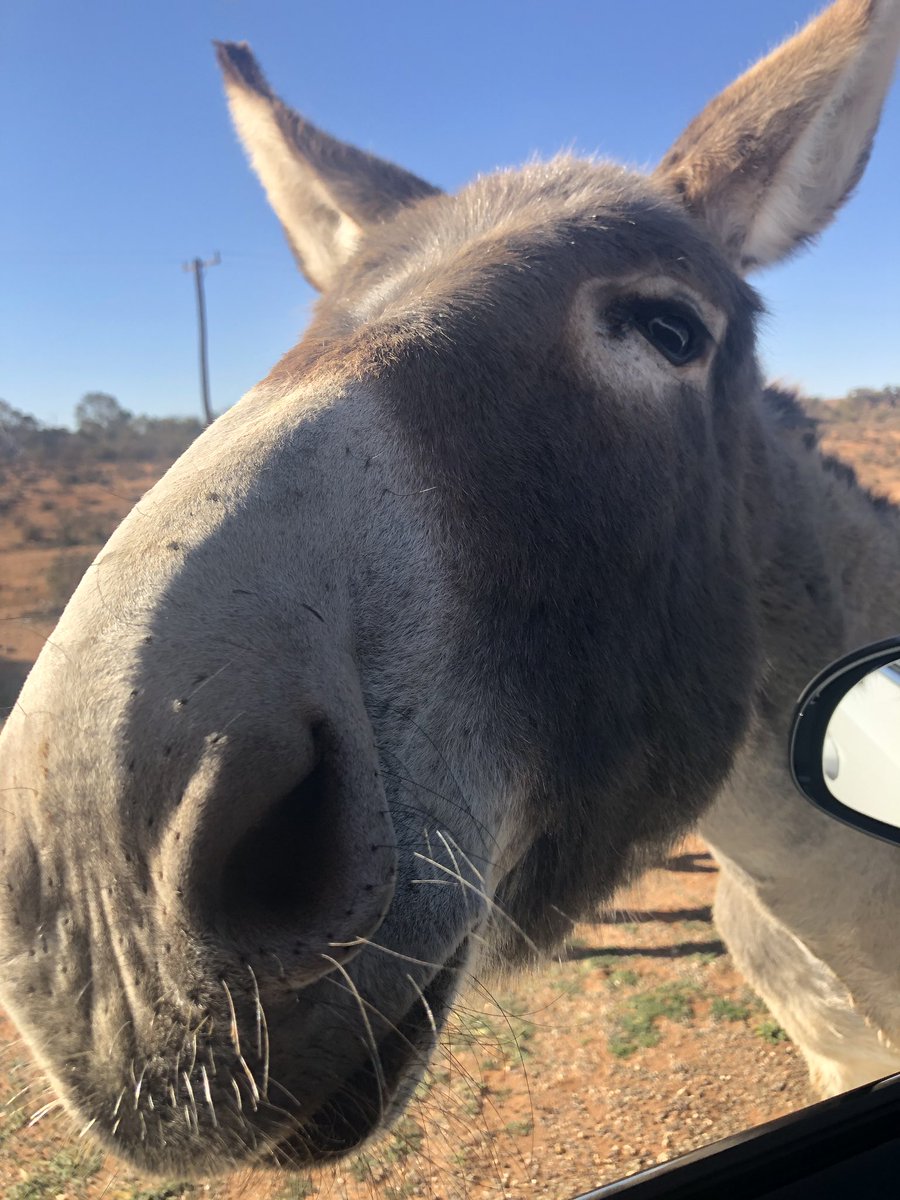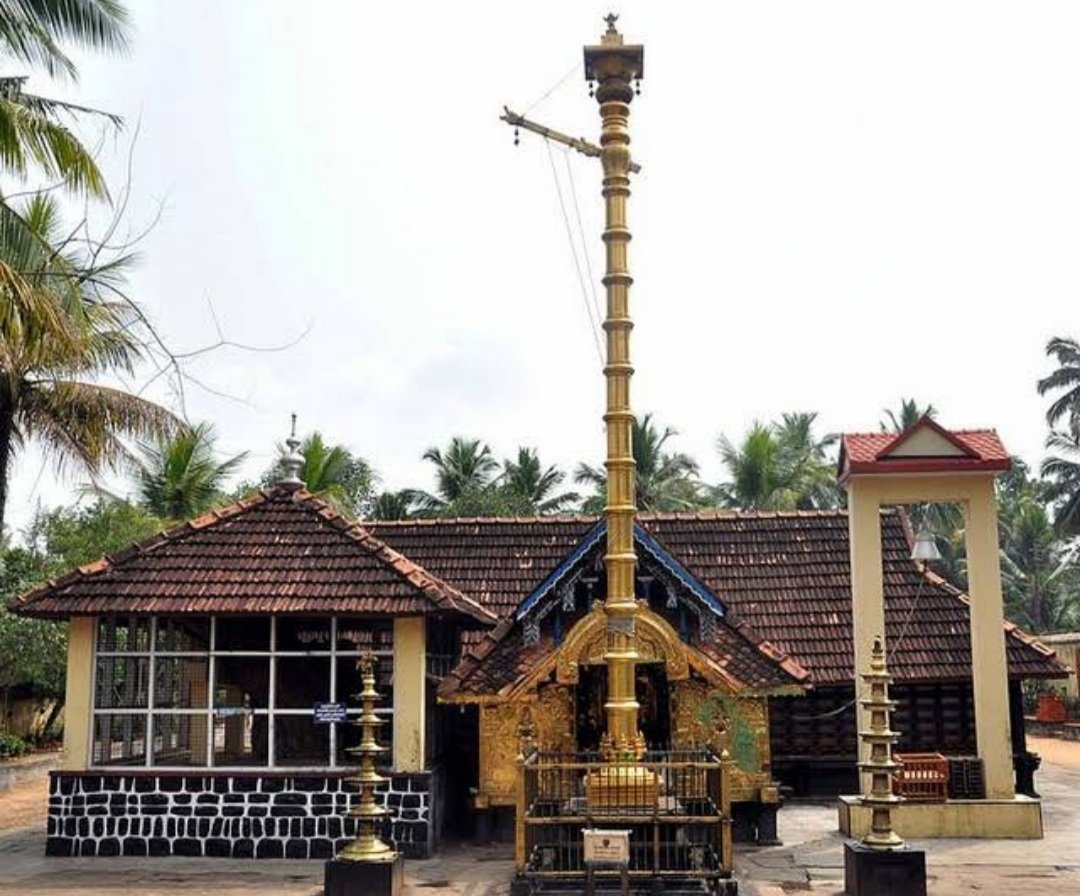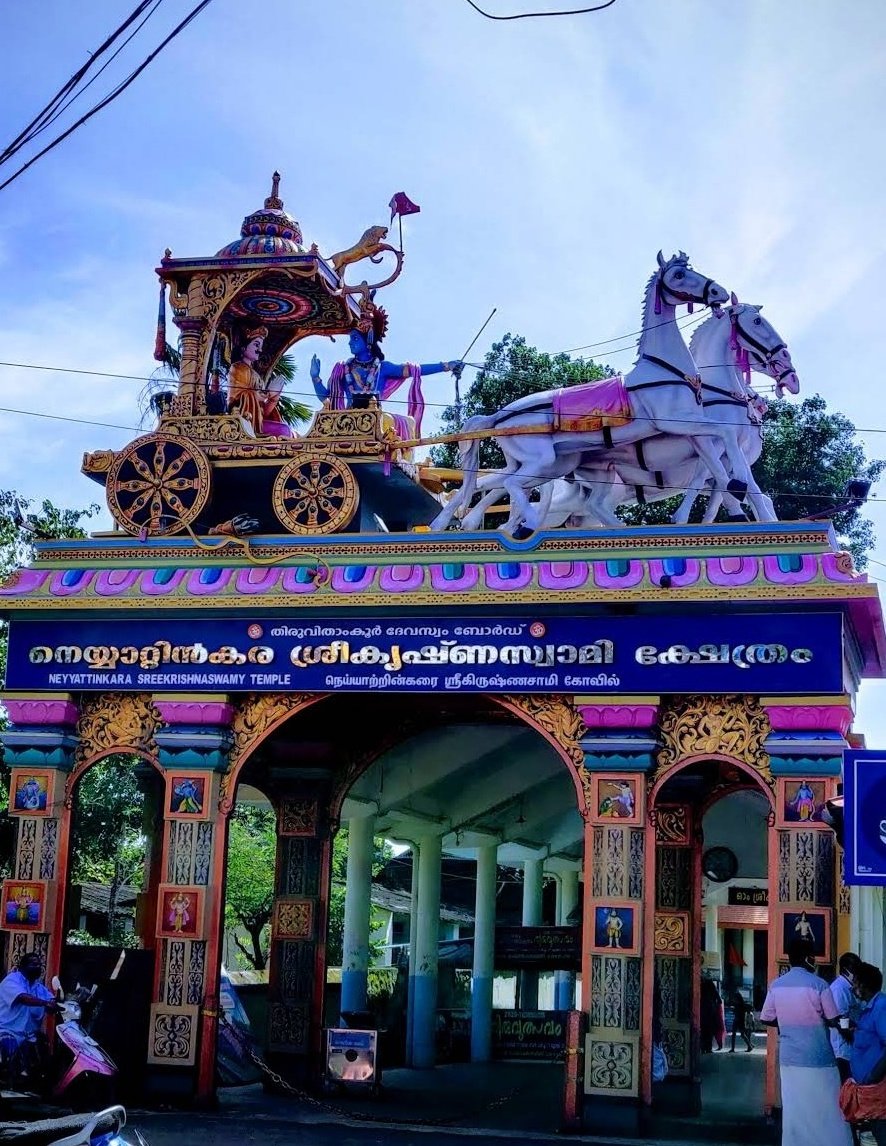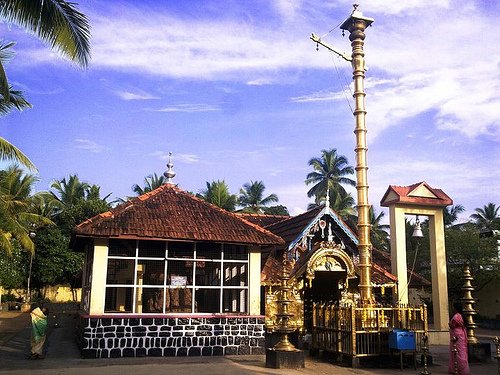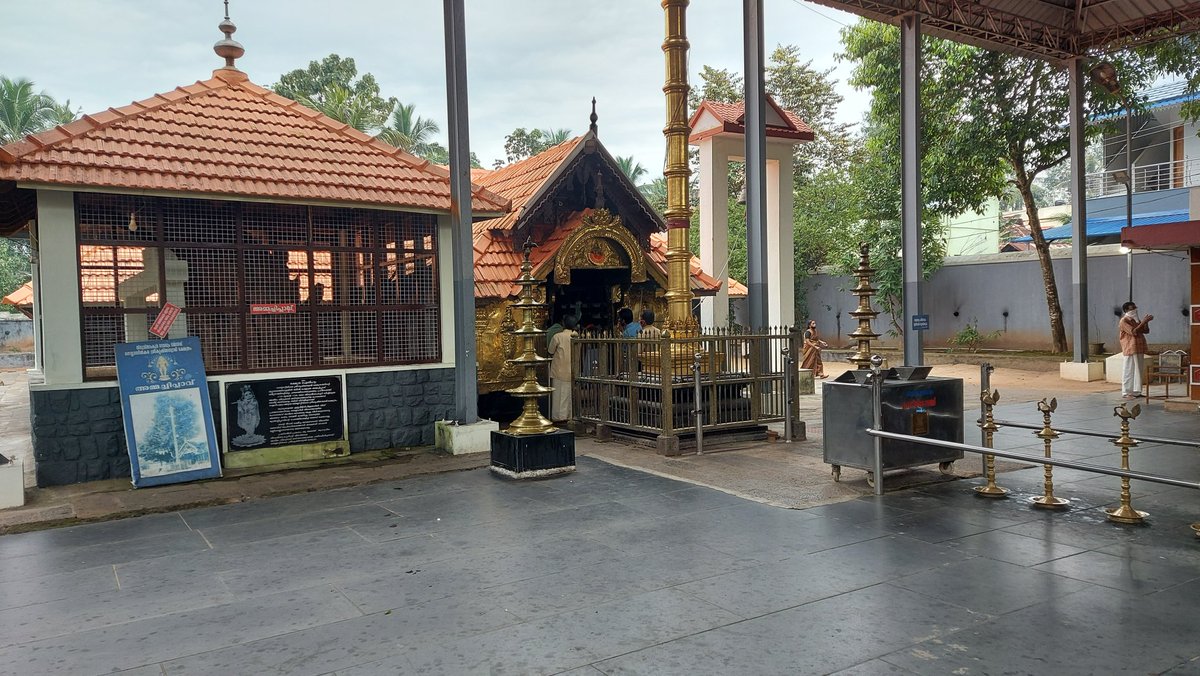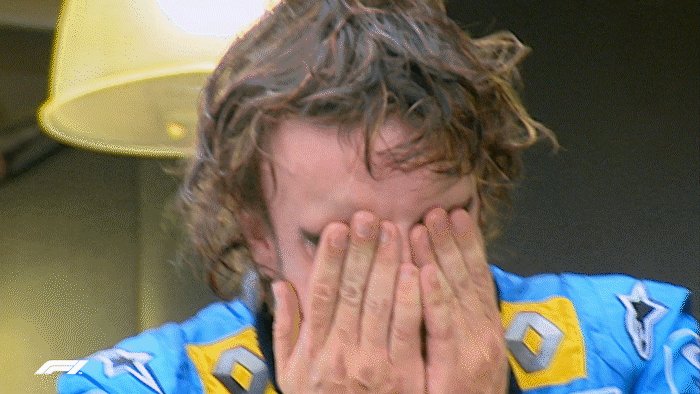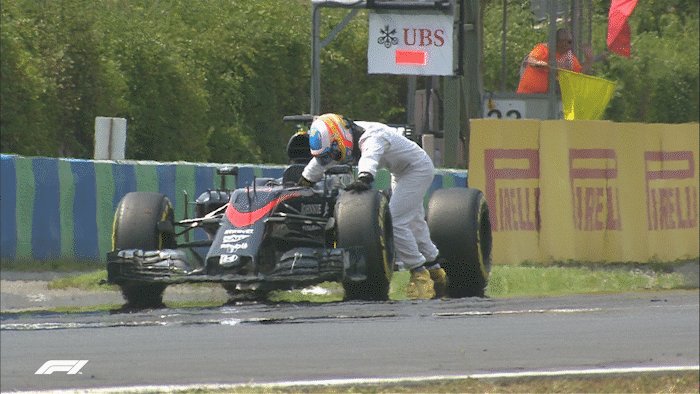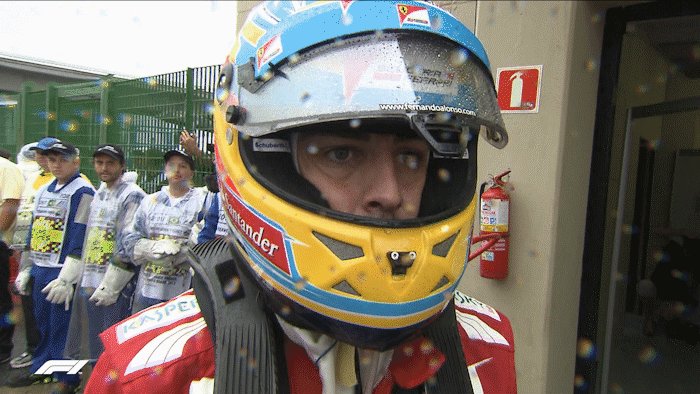Stefan Simanowitz on Twitter on 19.3.13...thread
In 2003, as Baghdad shuddered under the onslaught that was operation "shock and awe", 75yrold Eric Levy from Camden was huddled with a dozen other peace campaigners in an air raid shelter at Dura oil refinery in southern Baghdad./
The group found themselves in Iraq at the time of the Allied invasion after travelling there from London by double-decker bus. They called themselves the "human shields" and set off with the intention of protecting Iraqi civilians from Allied bombs.
If you're over 20, or were a precociously politically aware five-year-old in 2003, you might remember the human shields leaving for Iraq in a frenzy of media coverage. “The idea behind the movement was to use the racist way in which Western lives are valued /
more than Iraqi lives to either stop the invasion or – failing that – protect crucial civilian infrastructure sites,” Levy recalls ten years on. “We may not have achieved the first objective, but none of the sites where the shields were staying were bombed.”/
The operation began with an article published in the Observer in 2002, in which former US Marine Ken O'Keefe laid out his intention to organise a convoy of human shields to drive across Europe and the Middle East, gate-crashing Bush and Blair's theatre of war. /
A small group of activists who shared O'Keefe's belief that Dubya and his mate wouldn't pay any attention to traditional forms of protest saw the article, contacted O'Keefe and helped him transform the idea into a reality./
Towards the end of January, 2003, some 50 human shield volunteers said goodbye to their loved ones, boarded two buses and set off across Tower Bridge towards the burgeoning warzone in Iraq. The human shields were a disparate and eclectic group,/
including students, university lecturers, a retired diplomat and a former Austrian Big Brother contestant. The group's departure was reported by almost every major news network on the planet, and such was their notoriety that, on the day of their departure, /
White House Chief of Staff Andrew Card released a statement condemning the action: "We would not recommend that people allow themselves to be used by a tyrant and a dictator," he said, “so this is not the time for people to call themselves 'human shields'."/
But debates about whether they might be playing into Saddam Hussein’s hands didn't concern the shield volunteers: “Not one of us had anything but contempt for Saddam Hussein,” recalls Godfrey Meynell, a former British colonial administrator./
“But we were all adamant that war was not the answer.”
The journey to Iraq was long and arduous, punctuated by mechanical difficulties, long delays and personality clashes: “It took about three weeks to get to Baghdad,” says Meynell, a passenger on the old red Routemaster./
“But when we finally got there we received a tremendous reception.”
Once in Baghdad, the shields took up residence in seven civilian infrastructure facilities, including water treatment plants, power stations and food silos. /
“Beds, showers and toilets were installed to accommodate us,” recalls Levy. “Although minders were assigned to us, we were free to come go as we pleased.”
At the movement's peak, there were around 500 human shield volunteers in Baghdad, with some having arrived from countries as far afield as South Africa, Australia and Japan. But as war drew closer, many the shields decided to leave. Meynell, who had taken /
residence in a south Baghdad power station, was one of them. “I left out of cold fear,” he admits. “It's a matter of great personal shame for me. Not that I went to Iraq with the human shields, but that I didn’t have the courage to stay the distance.”/
Other shield volunteers, including O’Keefe and the former Big Brother contestant Gordon Sloan, were ordered out by the Iraqi government after disputes over which sites to shield. But while many of the human shields left, around 80 chose to stay and, /
in the early hours of March the 19th, awoke to the sounds of Western bombs and a view of the Baghdad skyline lit up in flames. “Some of the bombs landed close to the refinery, but I don’t remember being afraid at all,” says Levy. /
“Others were more scared, but each of us coped in different ways.” Although the bombardment of Iraq was intense, with over 500 cruise missiles fired and 1,700 air deployments launched, /
it didn't last long and, by April the 5th, Baghdad had fallen. “By the time US troops arrived, our minders had melted away,” recalls Levy. “We made our way into the centre of Baghdad, where we hung around for a few days, then gradually started to find ways to get back home.”/
Despite having been targeted within hours of the 1990 Gulf War, not one of the sites the volunteers had been shielding were damaged, and none of the human shields who had stayed in Baghdad for the duration of the war were killed or injured. In an ironic and tragic twist, /
the only person not to make it home was Tom Hurndall, a 21-year-old British student who had decided to leave Baghdad for safety reasons.
Hurndall had gone out to Iraq with the shields with the intention of photographing and reporting on the war. /
“I want to know what type of people the human shields are – people prepared to go all the way,” he wrote. But as war drew nearer, he decided to go to Palestine and, weeks later, was shot in the head by an Israeli sniper while working with the International Solidarity Movement. /
He was reportedly attempting to save Palestinian children playing in the line of Israeli fire at the time. While most of the human shields returned to their normal lives, several of the American volunteers returned home to find letters awaiting them /
from the US Treasury Department informing them that, by spending money in Iraq, they had violated US sanctions and faced prosecution. Most eventually paid fines of around $8,000 (£5,294), but Ryan Clancy challenged his $6,700 (£4,434) fine. /
His appeal against a decision in the lower courts was rejected by the US Court of Appeal in 2009.
Not all of the shields went straight home. Donna Mulhearn from Australia and Uzma Bashir from Bradford stayed on in Baghdad to set up an NGO – Our Home – to support orphans and /
children made homeless by the war.
Ken O’Keefe continued his activism, becoming a prominent figure in the international Palestinian solidarity campaign, helping to organise the Road to Hope aid convoy and the 2010 Gaza Flotilla./
Eric Levy has no regrets about having been a human shield: “It was the right thing to do,” he says. “The war was illegal and immoral. We may have failed to stop the invasion, but by putting ourselves in harm’s way, we sent a clear message to the world. /
A message that will hopefully continue to reverberate.”












